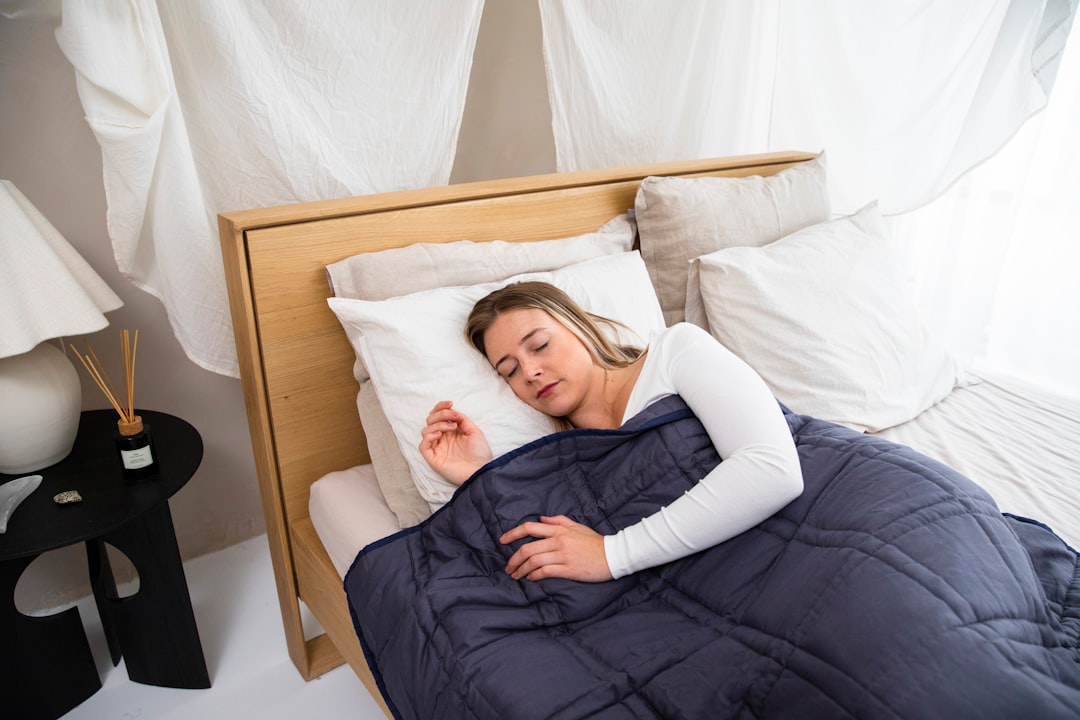Pregnancy sleep positions: What’s safe and what’s most comfortable
Finding a comfortable sleeping position during pregnancy can be challenging, especially as your body changes and your baby grows. But getting quality sleep is crucial for both maternal and fetal health. Let’s explore which sleeping positions are safest during pregnancy and how you can make yourself more comfortable throughout the night.

Why sleep position matters during pregnancy
As your pregnancy progresses, sleeping position becomes more than just a matter of comfort—it can actually affect your health and your baby’s wellbeing.
Research has shown that after 28 weeks of pregnancy, sleeping on your back (the supine position) approximately doubles the odds of stillbirth. A comprehensive meta-analysis found that supine sleeping position can also triple the odds of babies being born small for gestational age (SGA).
The physiological reason is straightforward: when you lie on your back during the second and third trimesters, the weight of your growing uterus can compress major blood vessels—particularly the inferior vena cava, which returns blood to your heart, and potentially the aorta. This compression may:
- Reduce blood flow to your uterus
- Cause dizziness or shortness of breath
- Potentially decrease blood flow to your baby
The safest pregnancy sleep position: Side sleeping
The overwhelming consensus from medical experts, including the American College of Obstetricians and Gynecologists (ACOG), is that side sleeping is best during pregnancy, particularly in the second and third trimesters.

Left side vs. right side
Many physicians specifically recommend left-side sleeping over right-side sleeping, although both are generally considered safe. Previous studies have linked both back and right-side sleeping with higher stillbirth risk and other pregnancy complications.
The UK’s National Health Service (NHS) specifically advises sleeping on the left side in the third trimester (after 28 weeks) as the safest position for your baby. Left-side sleeping may optimize blood flow to the placenta and improve kidney function by reducing pressure on the liver.
Trimester-specific sleep position guidelines
First trimester
During the first trimester, most sleep positions are safe, including:
- Back sleeping
- Side sleeping
- Stomach sleeping (as long as it’s comfortable)
Your uterus hasn’t yet grown large enough to significantly compress blood vessels when lying on your back. Stomach sleeping is typically safe early in pregnancy but will naturally become uncomfortable as your belly grows.
Second and third trimesters
From around 20 weeks onward, but especially after 28 weeks (third trimester), experts recommend:
- Side sleeping, preferably left side
- Avoiding back sleeping when possible
- Adjusting with pillows for comfort
Six separate case-control research studies have established a link between back sleeping and increased stillbirth risk in the third trimester. While the baseline risk of stillbirth is low (3-4 per 1,000 babies), side sleeping makes it even lower.
What about stomach sleeping during pregnancy?
Stomach sleeping generally becomes physically impossible as your pregnancy advances. Your body will naturally avoid positions that put pressure on the abdomen. Most women find that by mid-pregnancy, stomach sleeping is no longer feasible or comfortable.
Making side sleeping more comfortable
If you’re not naturally a side sleeper, or even if you are, pregnancy can make finding a comfortable position challenging. Here are some evidence-based recommendations:
Use pillows strategically
The ACOG recommends keeping one or both knees bent with:
- A pillow between your knees to reduce hip pressure and align your spine
- A pillow under your growing belly for support
- A pillow behind your back to prevent rolling onto your back during sleep
Consider specialty pillows
Many pregnant women find relief with:
- Full-length body pillows
- C-shaped pregnancy pillows
- U-shaped pregnancy pillows that support both belly and back
These pillows can help alleviate hip pain and improve overall sleep comfort by providing support where you need it most.
Common concerns about pregnancy sleep positions
“What if I wake up on my back?”
Don’t panic! As Tommy’s pregnancy charity states: “We don’t want you to become anxious about this. If your pregnancy is uncomplicated your risk of stillbirth is low.”
The research focuses on the position you fall asleep in, not necessarily the position you wake up in. Your body will often naturally adjust positions during sleep. Simply roll back to your side if you wake up on your back.
“Is it harmful to sleep on my back before 28 weeks?”
Recent research provides reassurance. An NICHD-funded study found that sleeping on your back or side through 30 weeks does not increase risk of stillbirth, reduced birth size, or high blood pressure disorders.
The specific concern about back sleeping appears most relevant after 28 weeks of pregnancy, when the uterus is significantly larger.
Beyond position: Other sleep tips for pregnancy
While position is important, other factors can help improve your sleep quality during pregnancy:
- Maintain a consistent sleep schedule
- Create a relaxing bedtime routine
- Use sound journeys or meditation for relaxation (like those available in Beginning.com’s sleep support programs)
- Keep your bedroom cool and dark
- Limit fluids before bedtime to reduce nighttime bathroom trips
- Avoid caffeine and heavy meals before bed
The bottom line on pregnancy sleep positions
The evidence is clear: side sleeping, particularly left-side sleeping, is safest during the later stages of pregnancy. After 28 weeks, it’s especially important to avoid falling asleep on your back when possible.
Use pillows and supports to make side sleeping more comfortable, and don’t stress if you occasionally wake up on your back. Simply roll to your side and continue sleeping.
Remember that good sleep is essential for both you and your baby. If you’re struggling with sleep during pregnancy, consider exploring dedicated pregnancy sleep support programs, which provide evidence-based techniques specifically designed for pregnant women.
Finding your optimal sleep setup may take some experimentation, but the effort is well worth it for your health and your baby’s wellbeing throughout your pregnancy journey.

